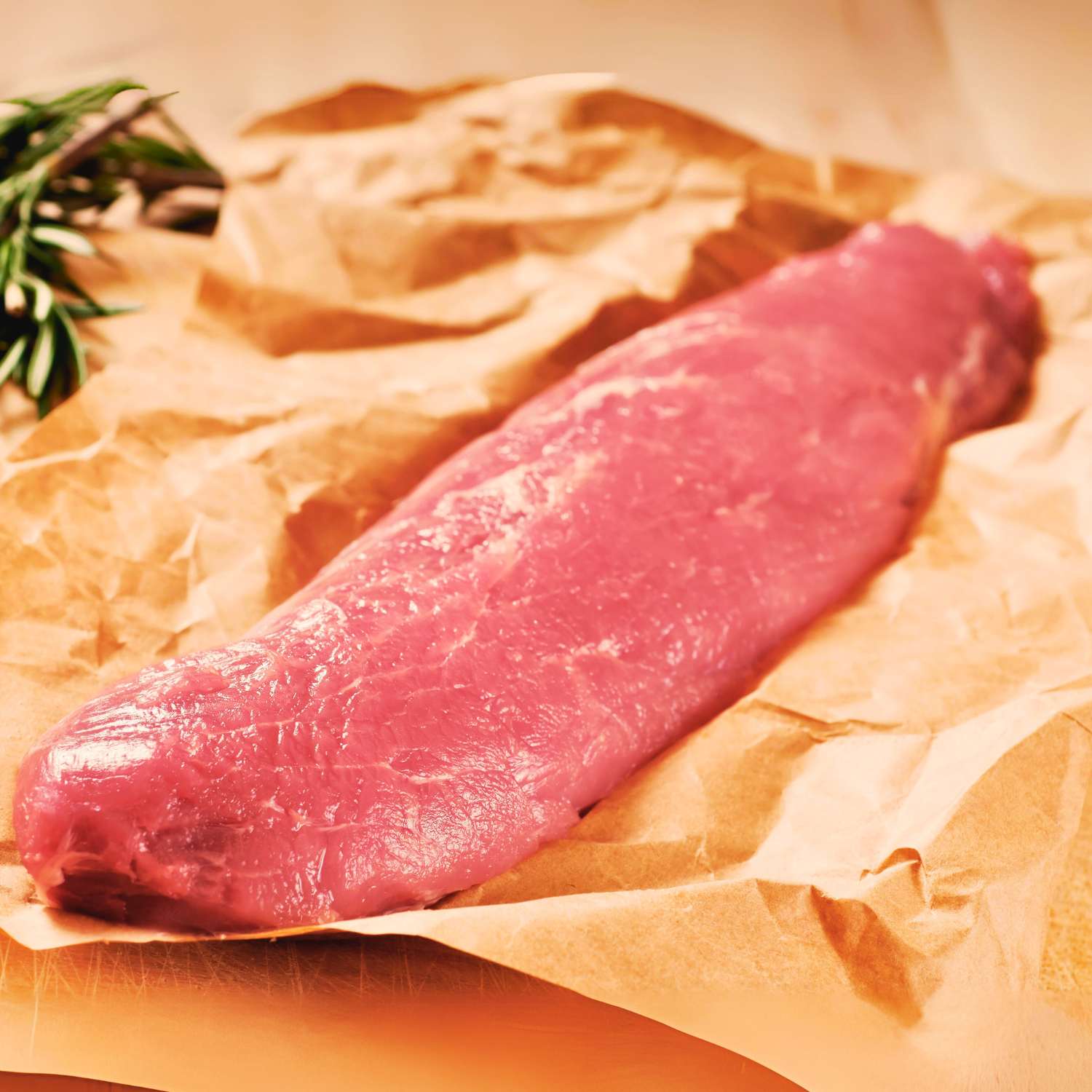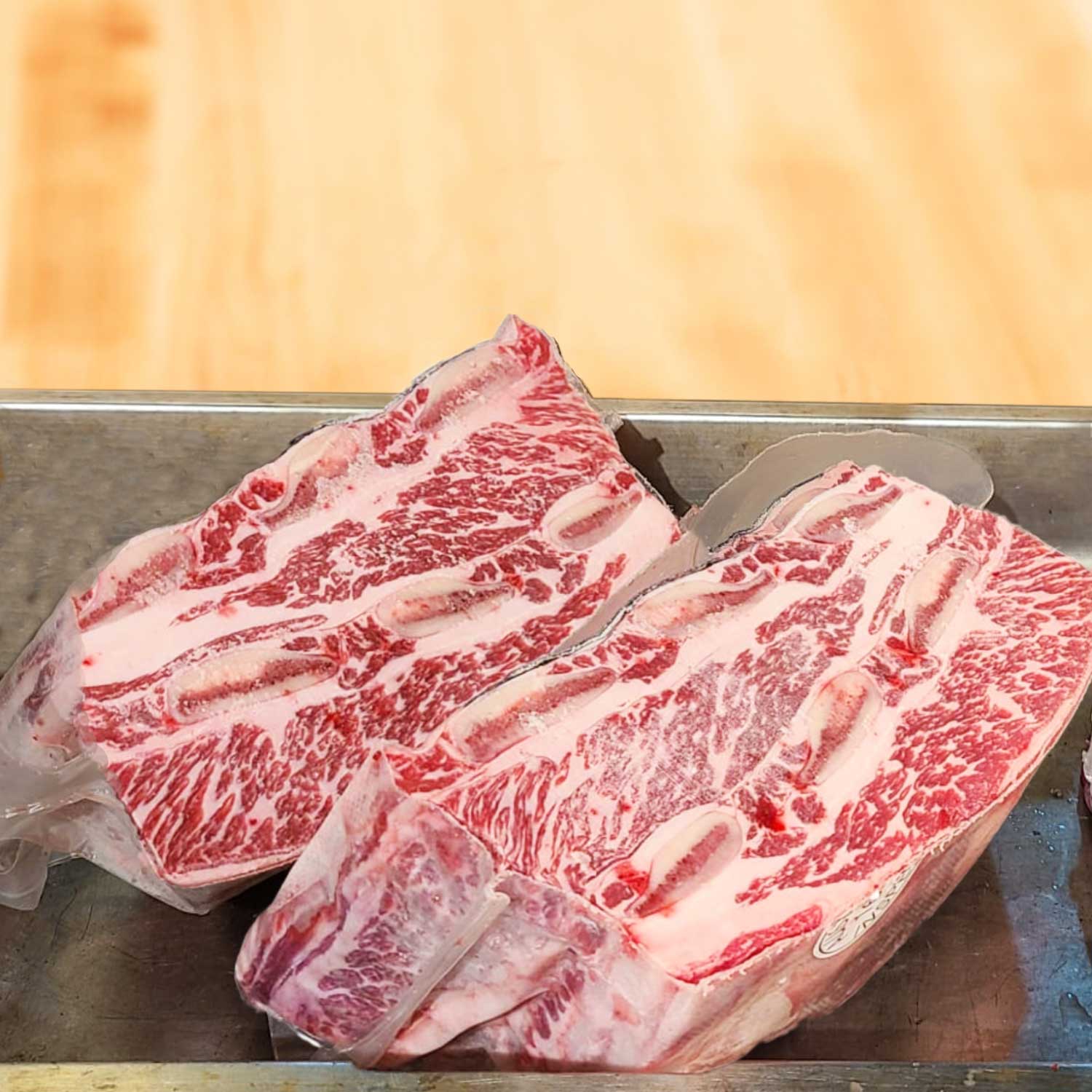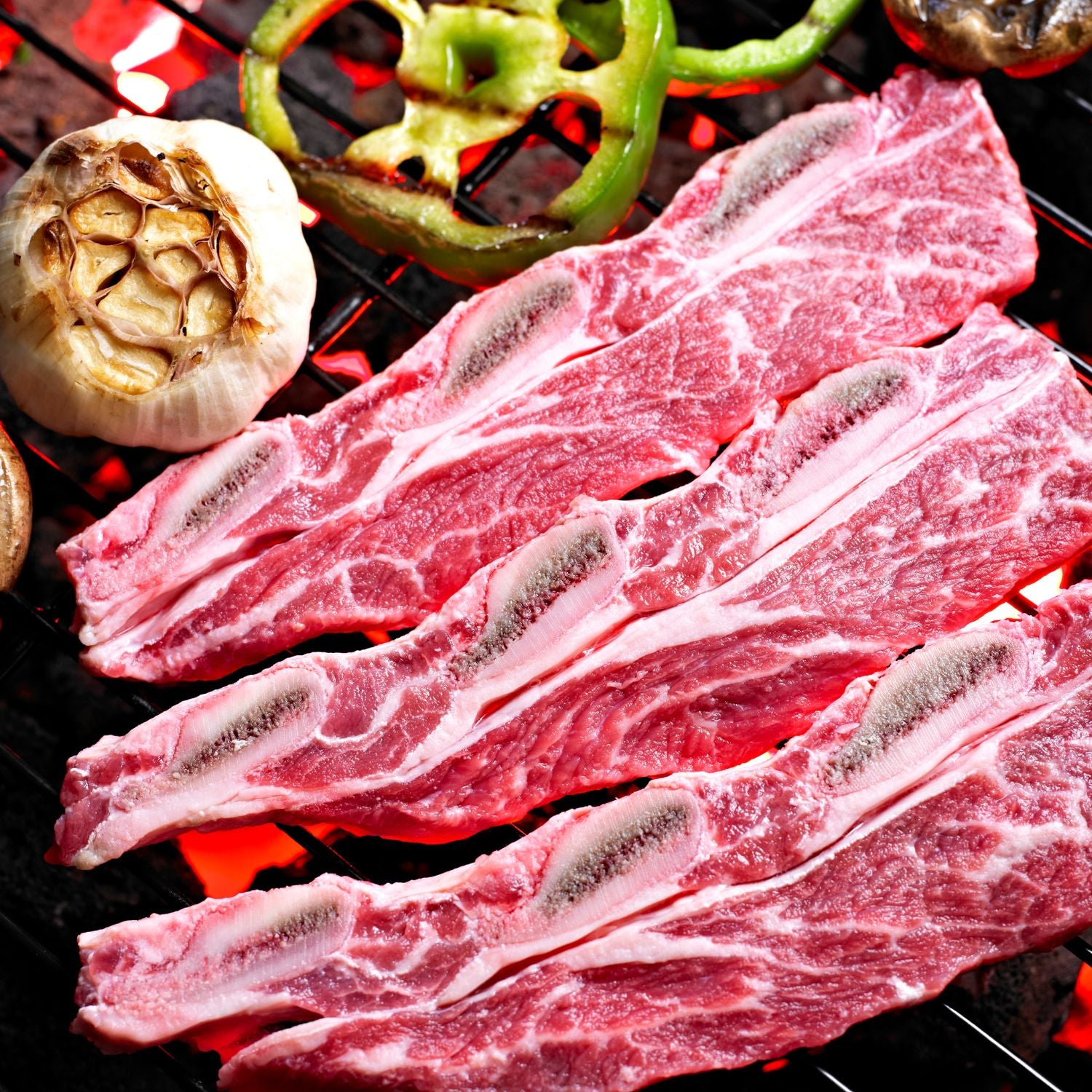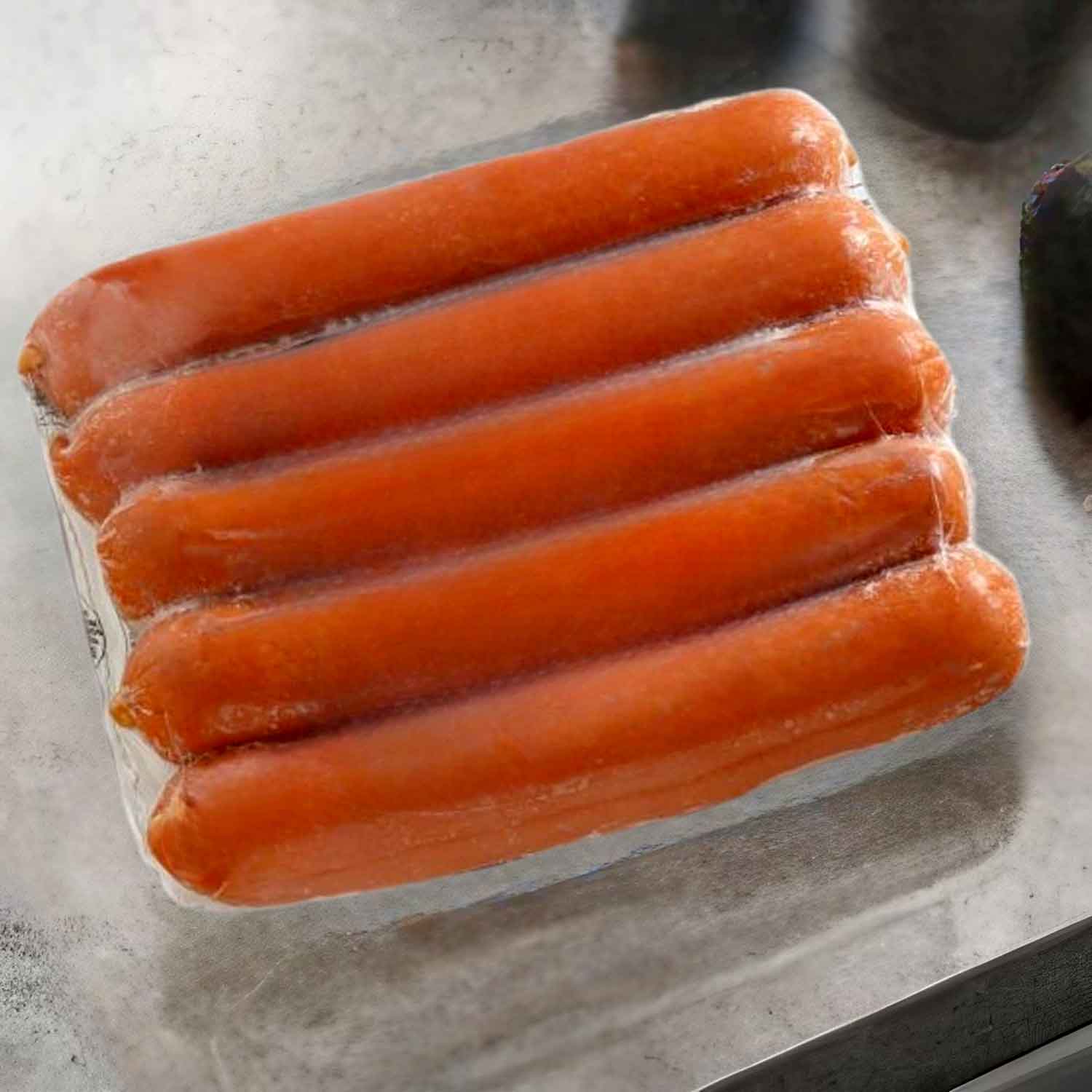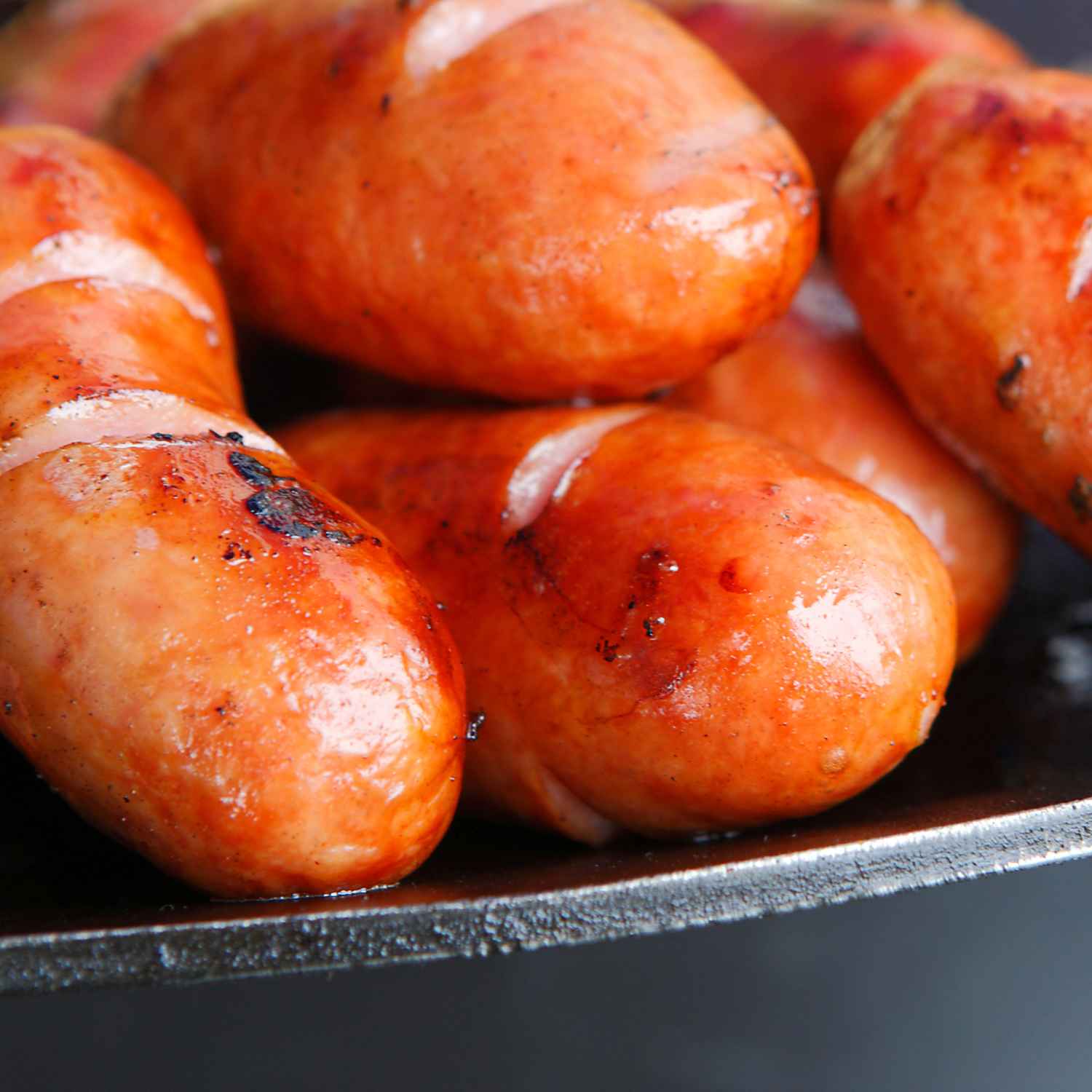Introduction to Beef and Grilling
Different Cuts of Beef for Grilling
Grilling beef is both an art and a science. Choosing the right cut is key. For steaks, ribeye and sirloin are popular. They have great flavor and are tender. T-bone and porterhouse are also good. They offer two types of meat in one cut. For slow grilling, try chuck or brisket. They're tougher but become tender after long, slow cooking. Thin cuts like skirt or flank are best if you like your beef with a bit of chew. Remember, fat equals flavor. Look for cuts with good marbling. This means tiny fat lines in the meat. Don't forget, the right cut makes all the difference on the grill.
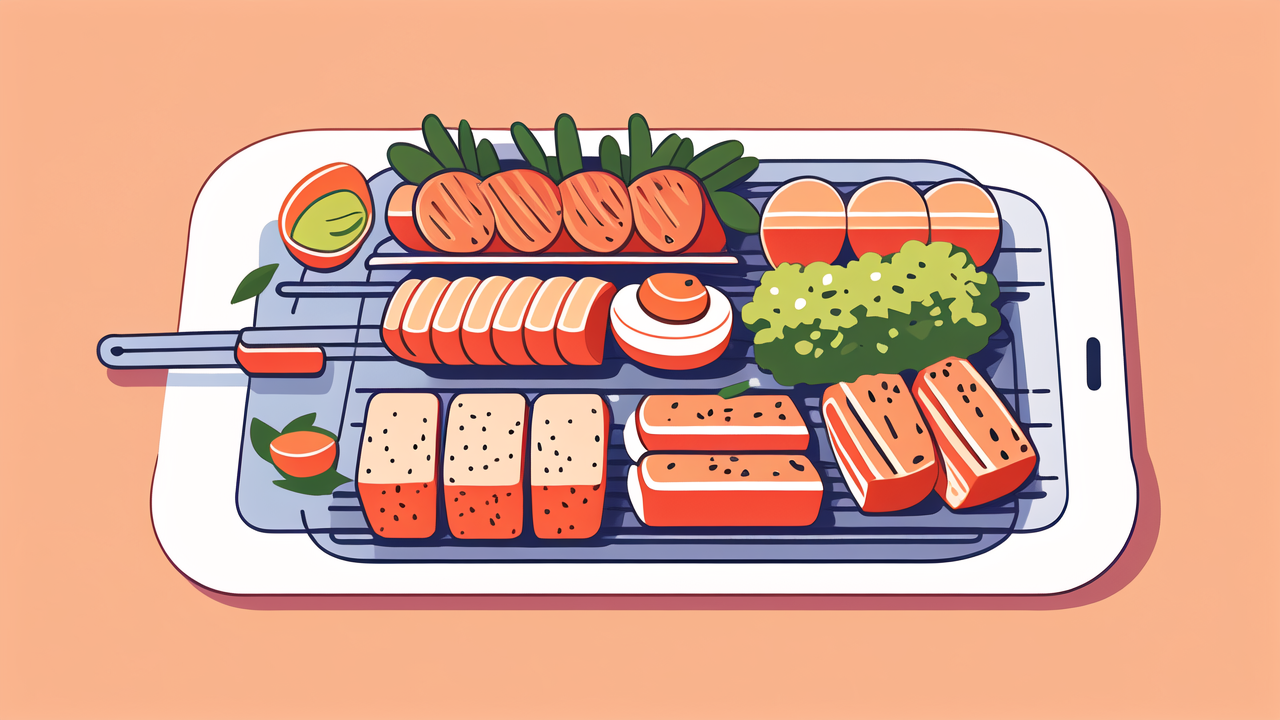
Essential Equipment for Outdoor Grilling
For outdoor grilling, you'll need some key tools. Here's a list:
- Grill: Choose between gas, charcoal, or electric.
- Tongs: For flipping and moving the meat safely.
- Meat Thermometer: To check doneness accurately.
- Grill Brush: For cleaning the grill grates.
- Gloves: Protect your hands from heat.
- Aluminum Foil: Useful for wrapping food or grill lining.
- Grilling Basket: Keeps small cuts from falling through the grates.
- Basting Brush: For applying marinades or sauces.
- Fire Extinguisher: Safety first, to handle any flames quickly.
- Apron: To keep your clothes clean from any spills or splatters.
Having the right equipment will make grilling beef easier and safer.
Mastering the Art of Grilling Beef
Preparing Beef for Grilling
Before you grill, prep your beef right. Bring it to room temp. Pat meat dry for a better sear. Trim excess fat to avoid flare-ups. Season it well; salt and pepper are a must. For extra flavor, try a dry rub or let it marinate. Oil the grill to stop sticking. Now you're set to grill!
Grilling Techniques for Perfect Beef
Grilling the perfect beef is an art that requires skill and practice. Here are some techniques that will help you achieve that goal. First, always preheat your grill to the right temperature before adding the beef. This seals in the flavors and gives you a nice sear. Second, use the direct and indirect heat method. Start by grilling over direct heat to get a crusty char, then move to a cooler part of the grill to let it cook through slowly. Third, avoid frequently flipping the meat. Flip only once to retain the juices and ensure even cooking. Lastly, let the beef rest after grilling. This allows the juices to redistribute, making the meat more tender and flavorful. Follow these tips, and you'll grill beef like a pro!
Timing and Temperature Guide
Getting the timing and temperature right can make or break your grilled beef. Here's a simple guide:
- For rare beef, grill at 120°F to 130°F for about 2-3 minutes per side.
- Medium-rare beef should be grilled at 130°F to 135°F, taking 3-4 minutes per side.
- For medium, aim for 135°F to 145°F, which might need 4-5 minutes on each side.
- Medium-well beef requires 145°F to 155°F, normally 5-7 minutes per side.
- Well-done beef needs to be grilled at 160°F and above, often for at least 8 minutes per side.
Always use a meat thermometer to check. Let the beef rest for a few minutes after grilling. This helps the juices settle, making your beef tender and tasty.
Enhancing Grilled Beef Flavors
Marinades and Rubs for Beef
To boost flavors, marinades and rubs are key. Marinades let beef soak up herbs, spices, and liquids for tender meat. A good marinade mix might include oil, vinegar, and soy sauce. Citrus or wine also adds zest. For more kick, try garlic, onion, or chili. Leave beef in the marinade for hours, even overnight. Rubs are dry blends applied before grilling. Combine salt, pepper, paprika, garlic powder, and more. Rubs form a tasty crust on your beef as it cooks. Coat all sides for full flavor. Try different mixtures to find what you love!
Pairing Beef with Alcohol
Pairing the right alcohol with grilled beef can lift the meal to new heights. Wine is a classic choice; reds pair well with steaks. A bold Cabernet Sauvignon matches a juicy ribeye's richness. Lighter cuts like tenderloin go well with Merlot. Beer lovers can opt for an amber ale which complements beef's savory flavors. For a twist, pair smoky grilled beef with a peaty Scotch whisky. The smokiness of both creates a harmonious taste. Remember, the key is balance; the alcohol should not overpower the beef.
Safe Food Handling Practices
When grilling beef, always keep food safety top of mind. Here are key practices:
- Wash Hands: Always wash your hands with soap and water before handling any food, especially raw beef.
- Separate Raw and Cooked: Use separate plates and utensils for raw and cooked meat to avoid cross-contamination.
- Check Internal Temperature: Use a meat thermometer to ensure beef reaches the safe internal temperature of 145°F for steaks and roasts, and 160°F for ground beef.
- Store Properly: Refrigerate leftovers within two hours of cooking. Keep beef at or below 40°F before grilling.
- Keep It Clean: Regularly clean your grill and work surfaces to prevent bacteria build-up.
Following these safety tips will help ensure your grilled beef is not only delicious but also safe to eat.












